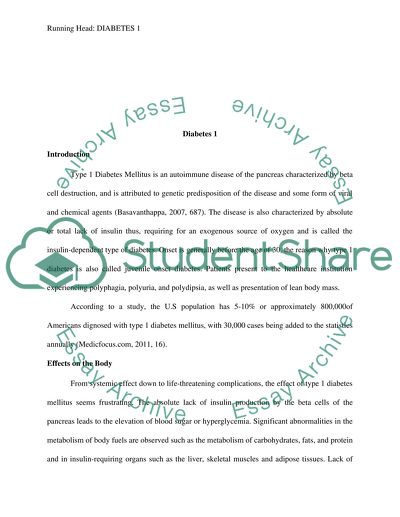Cite this document
(“Diabetes 1 Research Paper Example | Topics and Well Written Essays - 1000 words”, n.d.)
Diabetes 1 Research Paper Example | Topics and Well Written Essays - 1000 words. Retrieved from https://studentshare.org/health-sciences-medicine/1431265-diabetes
Diabetes 1 Research Paper Example | Topics and Well Written Essays - 1000 words. Retrieved from https://studentshare.org/health-sciences-medicine/1431265-diabetes
(Diabetes 1 Research Paper Example | Topics and Well Written Essays - 1000 Words)
Diabetes 1 Research Paper Example | Topics and Well Written Essays - 1000 Words. https://studentshare.org/health-sciences-medicine/1431265-diabetes.
Diabetes 1 Research Paper Example | Topics and Well Written Essays - 1000 Words. https://studentshare.org/health-sciences-medicine/1431265-diabetes.
“Diabetes 1 Research Paper Example | Topics and Well Written Essays - 1000 Words”, n.d. https://studentshare.org/health-sciences-medicine/1431265-diabetes.


